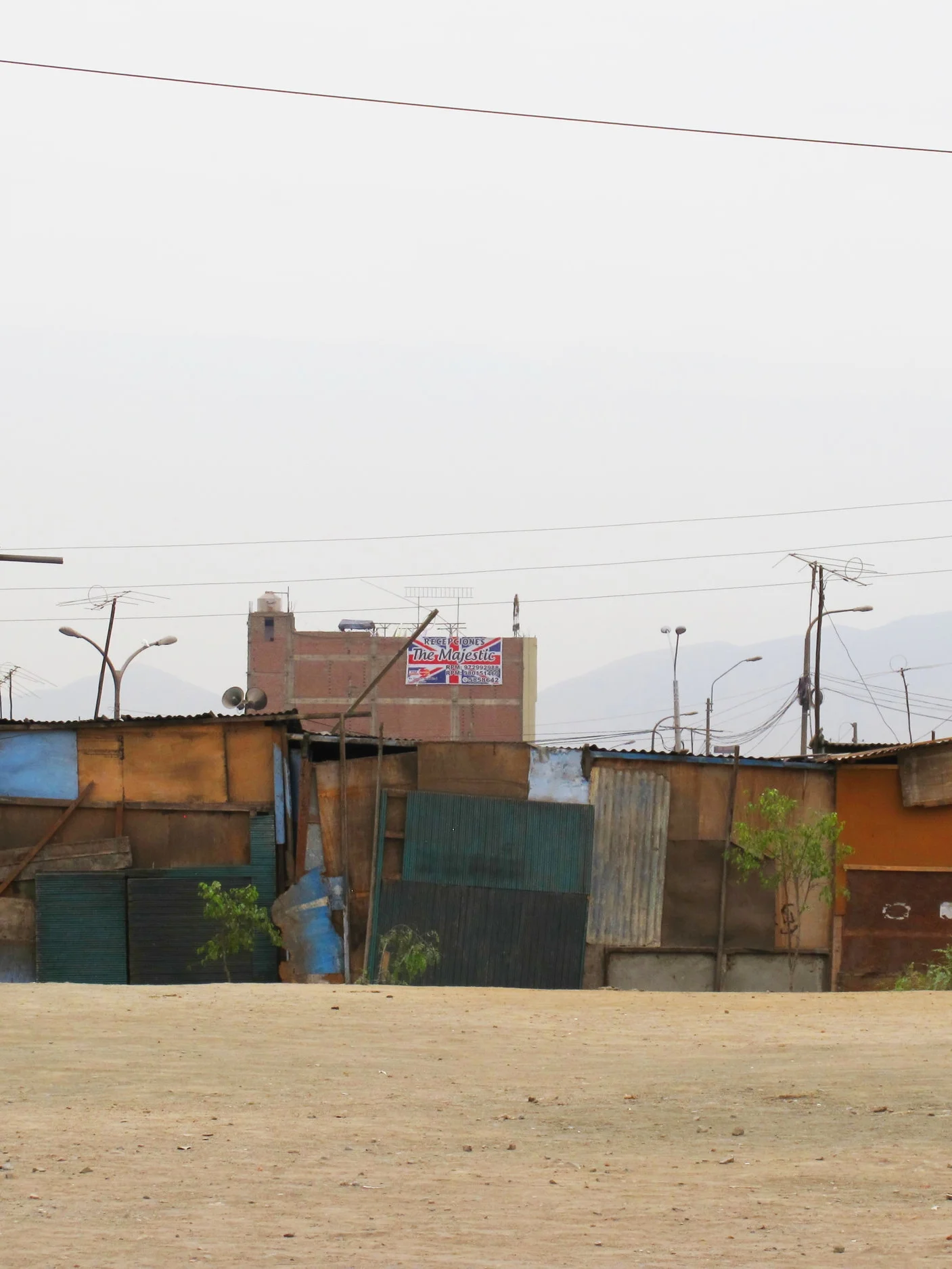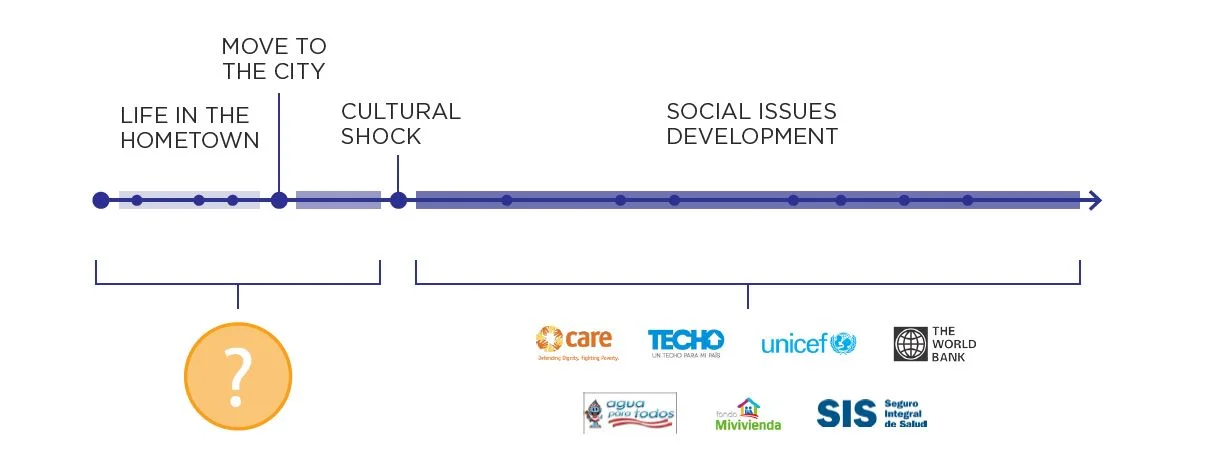kallpa
An integrative community center for the Andean Woman.
Location: San Juan del Lurigancho, Lima, PE
Master of Architecture Thesis Project
In contemporary Peruvian society, the indigenous woman is seen as a symbol for textile and labor, falling under the scope of the heavy tourism brought by the remains of the Inca Empire and its culture. These women however, are the keystone for the reinvigoration of the Inca culture back into the modern city of Lima, making them a necessary, but often disregarded asset within the identity of modern Peru. Through the ideals of women empowerment and social innovation, the project would provide a facility for the reintegration of tradition back into the modern needs of the city. These women would then begin to redevelop their social identity, one that does not revolve around tourism alone.
THE INSERTION OF THIS PROPOSAL IN THE DISTRICT WILL BECOME AN INITIATIVE TOWARDS THE PROPER ENCULTURATION OF THE MIGRANT WOMEN POPULATION LOOKING FOR ECONOMIC INDEPENDENCE AND SOCIAL IDENTITY.
RURAL-TO-CITY MIGRATION
Generally, the lack of opportunities and the poor quality of life in the rural areas of a society is what calls for the migration of people into urban areas. This is the case in most of societies around the globe, and it is the case of the Peruvian rural-to-city migration. Like in many South American countries, the economic growth does not benefit the population equally, enhancing the socio-economical difference in social classes even greater. Because over 70% of the Peruvian population live in cities, the minorities remain unnoticed and usually forgotten. The disorganized migration to Lima’s outskirts lead to slum-like settlements in which people lack proper sanitation and live under constant threats to their health and safety. The UNPD has shared that 1.9 million Peruvians live in extreme poverty, and the majority of those people are children and women.
SOCIAL HIERARCHY
The influence of colonial Spain is still very much present in modern Peruvian society. It is very much visible in terms of the hierarchical principles that have influenced the modern social system. These influences from the past are still controlling the interpersonal relationships among civilians and limiting socio-cultural opportunities due to race.
An indigenous person may master the Spanish language, achieve a university education, earn a large amount of capital, but will continue to be considered an indio (Indian). This leads to an alienation from the rest of society, turning the person into an unacceptable associate or companion. This behavior can be commonly seen throughout most age groups and in various locations in Peru, however there are opportunities for socioeconomic mobility that permits ambitious individuals and families to ascend the hierarchy ranks, but these are limiting and scarce.
DEALING WITH WOMEN OPPRESSION
A common thought of society seems to be that because there are so many social issues related to women, that they are the problem. However, women are not the problem; in fact, they are the key to solving all of these social issues involving them and many other issues alike. This oppression is nothing but transcendent, and so is the opportunity to act and solve them.
GENDER IN THE ANDES
The term ‘chola’, which literally defines a racial category between indian and white, has brought with it many depreciating connotations over the years. The expression describes the traditional native woman from the Andes, usually wearing her distinctive hat and big skirt called ‘pollera’. The association of the name to the image of the dirty woman that works in the markets is symbolic, yet a discrimination that is lived by these women on a daily basis. The appearance of the marketplace as an independent place for women is deceptive. These women live in neighborhoods and among families dominated by men; in the business place, market women depend on male wholesalers and drivers. Men execute the interventions of the government, and morally corrupt male police officers are their best chance in protection.
LOCATION
CONTEXT
DEMOGRAPHICS
THE DESIGN MINDSET
Designers have great advantage in a world seeking for altruism; this is due to the fact that they are highly empathetic towards others. This comes with the nature of thinking about the user, in thinking in terms of ‘we’. The designer is in charge of changing actuality, not laws. They are in charge of providing experiences that will make people learn and realize opportunities that were not visible before. Designers have the capability of providing support for women and organizations that are facing the norm and speaking up. These women are in need of new projects that encompass their needs and societies’ as a whole.
the transitory housing and social service center will HOST A PROPER enculturation process FOR the FEMALE migrant population in san juan de lurigancho.
SPATIAL PLANNING
The insertion of this proposal in the district will become an initiative towards the proper enculturation of the migrant women population looking for economic independence and social identity.
BRAND IDENTITY DEVELOPMENT
For an in-depth look at Kallpa go here.














